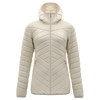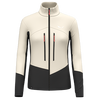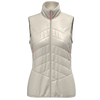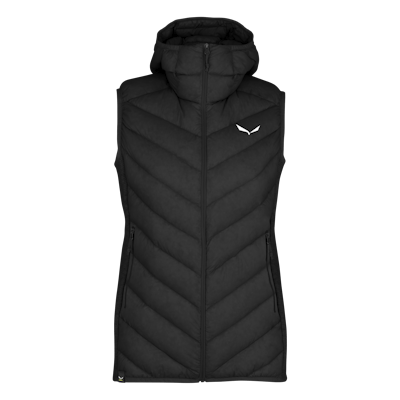Women's Outdoor Jackets for Mountain Sports
A sudden chill on a summer hike, frigid temperatures on snowy mountain top, a tropical storm: Salewa’s Women’s Outdoor Jackets keep you pushing on, no matter the weather. Our activity-specific jackets are tailored with free motion patterning to ensure ideal flexibility and movement whether you are delicately rock climbing or quickly trekking up a steep path. Tailor your look to your adventure - hardshell jackets offer optimal protection and greater durability, while softshell fabrics are more lightweight and offer added freedom of movement. For prime protection on a wet, cold climb, we recommend our mountain climbing jackets with GORE-TEX® for their outstanding waterproofing and windproofing properties. You’re fully prepared for adventures in warmer climates temperatures our water-repellent, flexible and breathable softshell. Combine style and performance by completing your outfit with matching softshell or hardshell Women’s trousers from our selection of Women’s Outdoor Bottoms.
- What types of outdoor jackets are there?
- How to choose a women’s outdoor jacket?
- Is there a difference between men’s and women’s outdoor jackets?
- What’s the best fabric for an outdoor jacket?
- How should my outdoor jacket fit?































